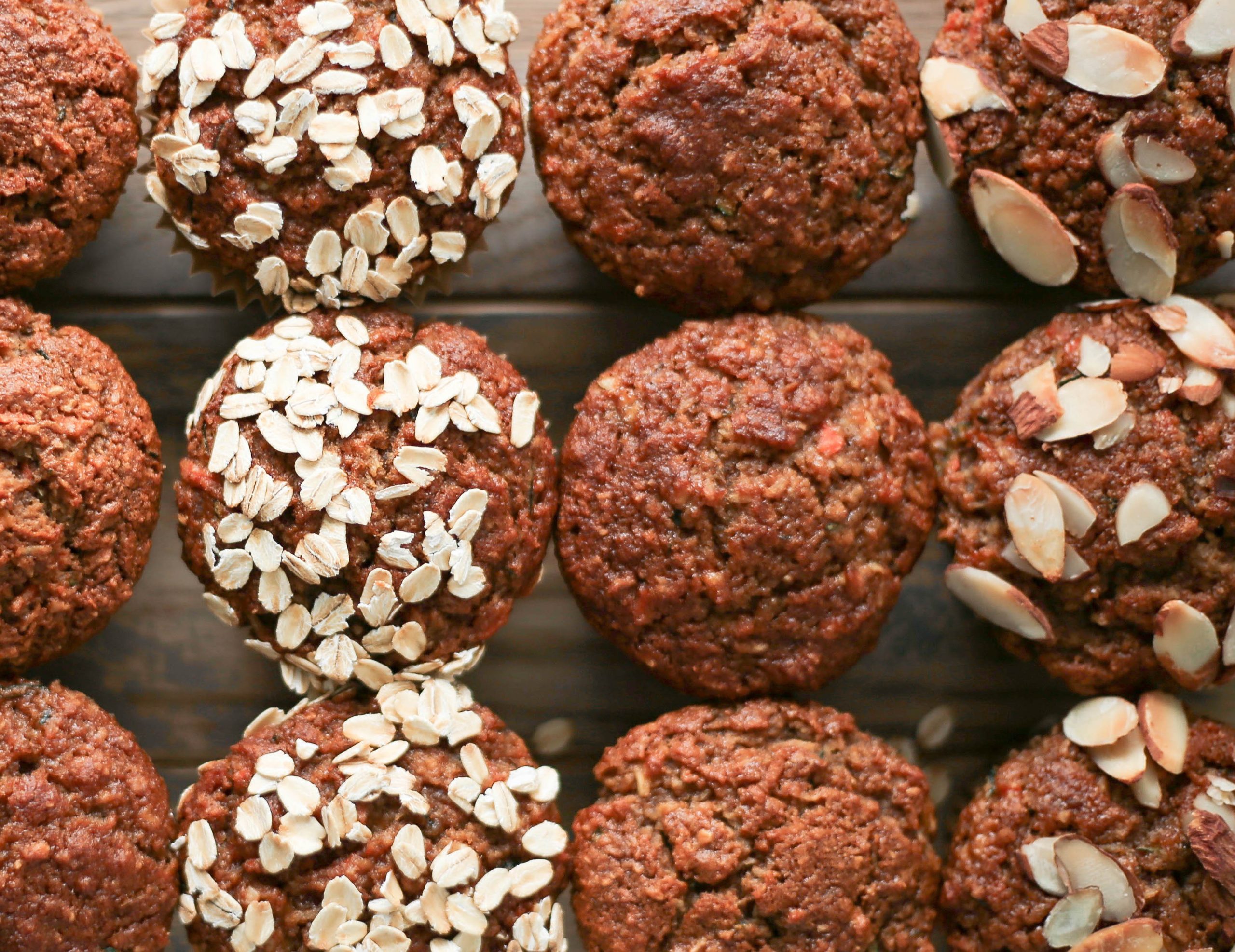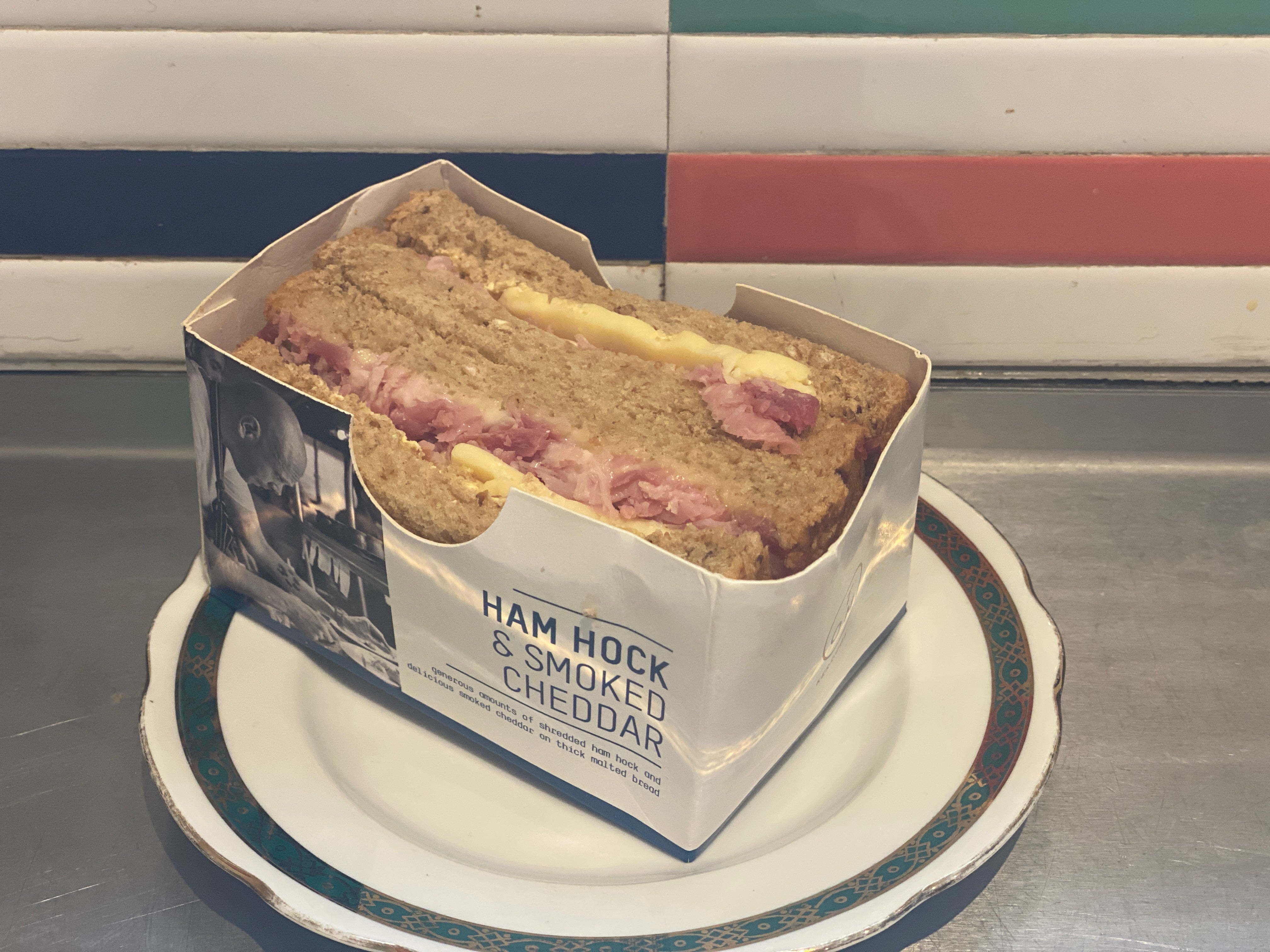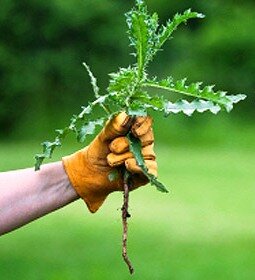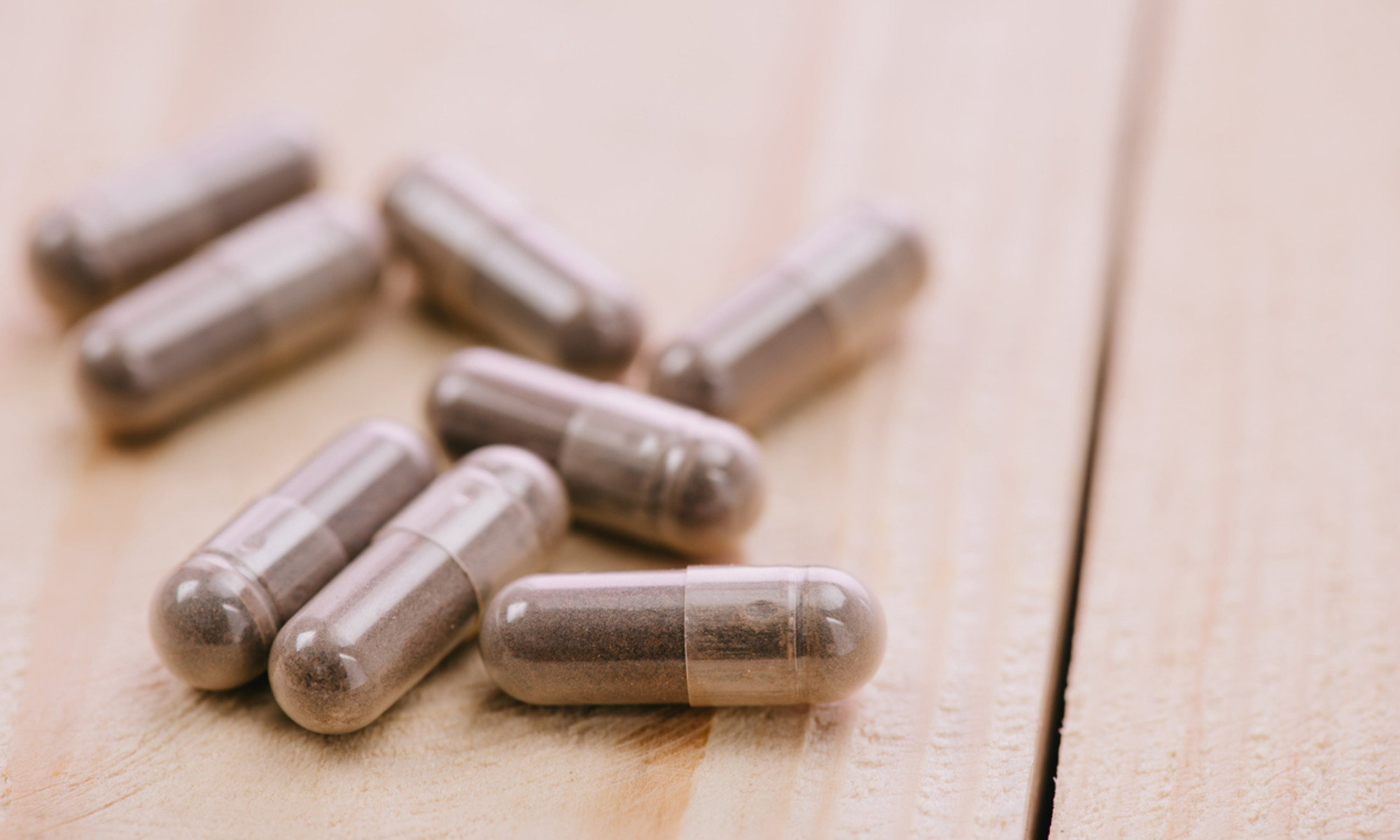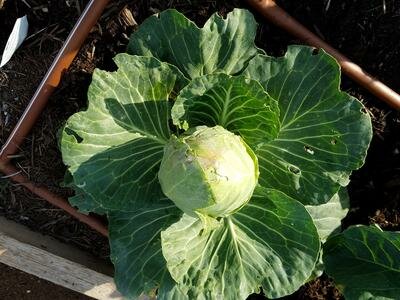How (and When) to Harvest Pumpkins
Pumpkins are everywhere this time of year—perhaps even if your own garden. At this point, you’ve probably picked and pruned the other fruits, vegetables, and plants that you’ve grown this year, but what about everyone’s favorite orange winter squash?...


Photo: Studio Barcelona (Shutterstock)
Pumpkins are everywhere this time of year—perhaps even if your own garden. At this point, you’ve probably picked and pruned the other fruits, vegetables, and plants that you’ve grown this year, but what about everyone’s favorite orange winter squash? Here’s how to know when it’s time to harvest your pumpkins, and how to do it.
When to harvest pumpkins
Knowing when to harvest pumpkins has more to do with their appearance than a calendar. While most are plucked from patches in September and October, the perfect time to pick your pumpkins is when they are fully mature, and not a moment before that—even if you don’t want them to grow any larger, according to the Farmer’s Almanac.
A pumpkin is ripe for the picking when it has the following characteristics:
Skin that has turned a deep, solid color (usually orange, but it depends on what you planted)A hardened stem A hardened rind that sounds hollow when thumped with a fingerSkin that doesn’t puncture when pressed with a fingernailNot only will your pumpkins look better if they’re richer in color (rather than a pale orange), but giving them the chance to fully ripen on the vine will help them last longer.
G/O Media may get a commission
How to harvest pumpkins
So, your pumpkins are finally ripe. Now what?
The Farmer’s Almanac recommends harvesting your pumpkins on a dry day (which will make the experience more pleasant anyway). Though pumpkins appear to have a rough skin, they’re actually pretty fragile, so be gentle when you handle them—otherwise they’re prone to cuts and bruises.
Using a sharp knife, pruners, or pair of lopping shears, carefully cut the pumpkin off the vine, leaving between three and five inches of the stem attached. In addition to looking better, that bit of stem helps prevent the pumpkin from rotting. But even though it looks like a handle, don’t use it as one to carry the pumpkin around, as it may break off.
How to cure and store pumpkins
Curing is the final step in the process. During this time, a pumpkin’s skin hardens even more, healing any cuts or scratches. Plus, if you plan on eating the pumpkin, curing it will help improve and intensify its flavor.
To cure a pumpkin, simply put it in a sunny spot for 10 days where the temperature is between 80 and 85°F with 80 to 85% percent relative humidity. Once they’re cured, store your pumpkins in a single layer (not touching other pumpkins) somewhere dry, where the temperature is between 50 and 55°F. When stored this way, they can last up to two or three months.

 Lynk
Lynk 







